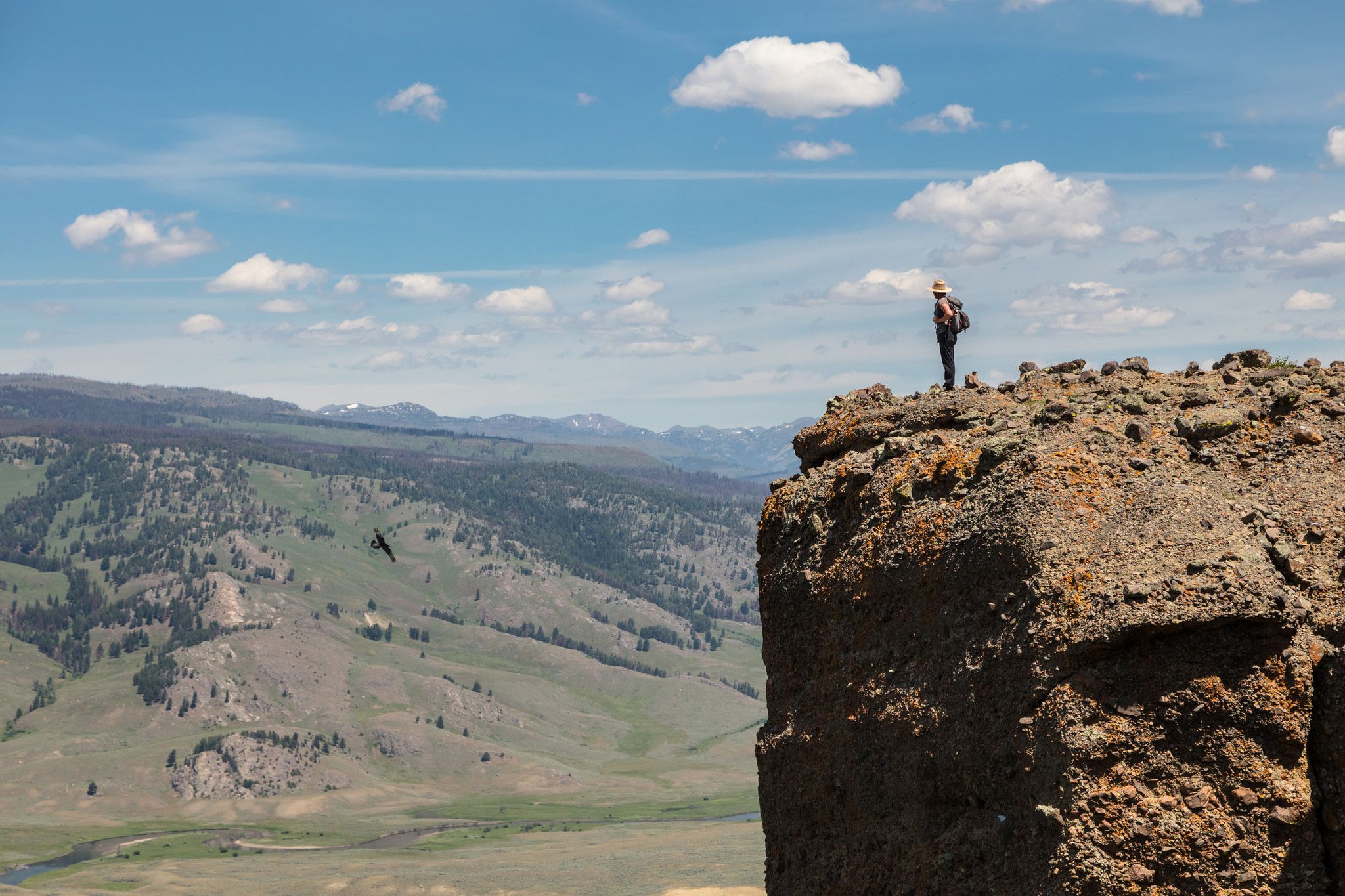Have you ever wished to walk the corridors of the past, tracing the steps of ancient travelers on paths carved by history itself? Embarking on a historical hike is not just a physical journey; it’s a passage through time, where each step whispers stories of bygone eras. From the cloud-shrouded peaks of the Andes to the cobblestone roads of the Roman Empire, let’s lace up our boots and set forth on an adventure across the world’s ancient trails.
The Inca Trail to Machu Picchu: A Journey to the Clouds
Imagine walking through a misty forest, the air filled with the scent of orchids and the distant roar of waterfalls. Suddenly, the fog lifts, revealing the lost city of Machu Picchu. The Inca Trail in Peru is not just a trek; it’s a four-day pilgrimage that retraces the sacred steps of the Incas.
Personal Experience: I remember the exhilaration of reaching the Sun Gate at sunrise, the golden rays illuminating the ancient stones. It was as if the spirits of the Inca kings were welcoming us into their mystical city.
Practical Advice:
- Book Early: Permits for the Inca Trail are limited and sell out months in advance.
- Train for Terrain: Prepare for the altitude and rugged paths with pre-trip hikes.
- Hire a Guide: Not only is it mandatory, but the insights of a local guide will enrich your journey.


The Roman Roads: Echoes of an Empire
The Roman Empire may have fallen, but its roads still stretch across Europe, silent sentinels of history. These ancient highways were the superhighways of their time, connecting cities and civilizations.
Storytelling: I once stood on the Via Appia, the stones worn smooth by centuries of travelers. It was easy to envision Roman legions marching in unison or merchants driving their laden carts to distant markets.
Practical Tips:
- Choose Your Section: You can’t walk all the Roman roads, but sections like the Via Appia near Rome offer accessible day hikes.
- Pack Smart: Modern-day pilgrims need good walking shoes and water bottles.
- Learn as You Go: Carry a guidebook or app to learn about the historical sites along the way.


The Pilgrimage Routes to Santiago de Compostela: The Way of St. James
The Camino de Santiago is a network of routes leading to the shrine of the apostle Saint James the Great in the cathedral of Santiago de Compostela in Spain. This pilgrimage has been undertaken by millions over the centuries.
Personal Tale: Walking the Camino was a transformative experience. With pilgrims from around the world, I shared stories, meals, and moments of reflection.
Practical Guidance:
- Select Your Route: The Camino Frances is the most popular, but there are quieter alternatives like the Camino del Norte.
- Pack Light: You’ll be carrying your belongings, so bring only what you need.
- Stay Connected: Use apps and online forums to connect with fellow hikers and find accommodations.

Enhancing Your Experience
To ensure these ancient paths are more than just a hike, here are some tips to deepen your experience:
- Journal Your Journey: Write down your thoughts and experiences each day.
- Engage with Locals: Learn from them and listen to their stories.
- Respect the Trail: Leave no trace so that these historical routes are preserved for future travelers.
Your Turn to Walk Through History
Now that we’ve shared tales and tips for trekking through time, we’d love to hear from you. Are there historical hikes you’ve embarked on or dream of exploring? Share your experiences, plans, and questions in the comments below. Let’s inspire each other to walk the world’s ancient trails and keep history alive with each step we take.

Leave a Reply